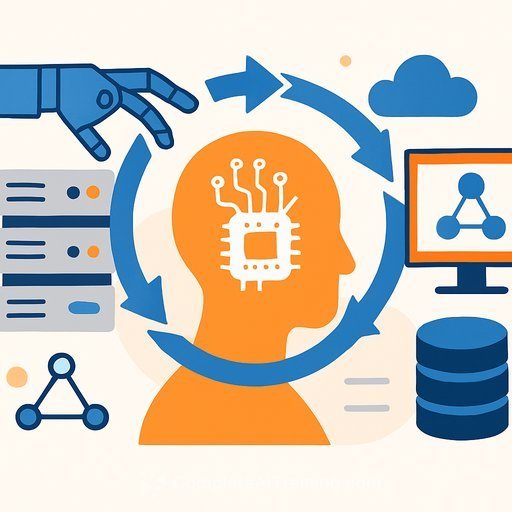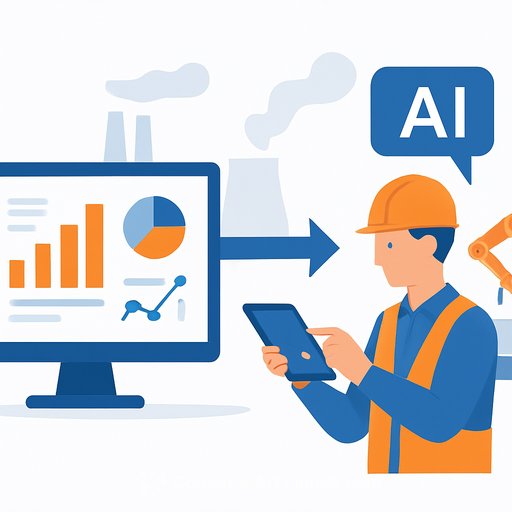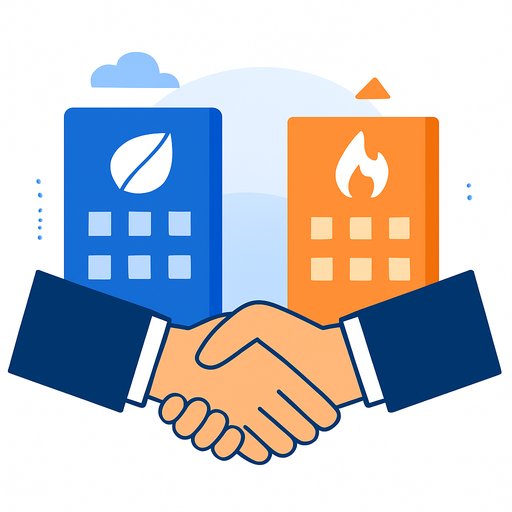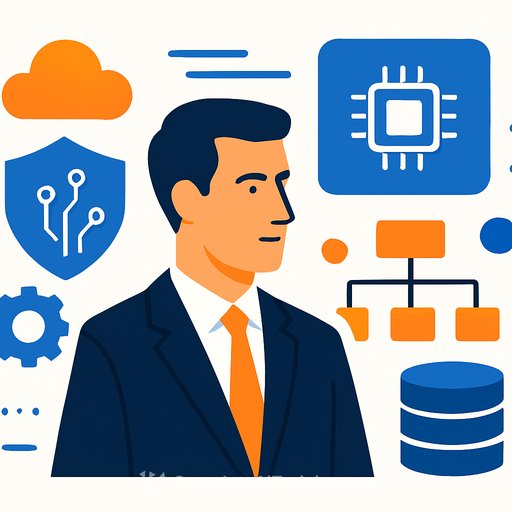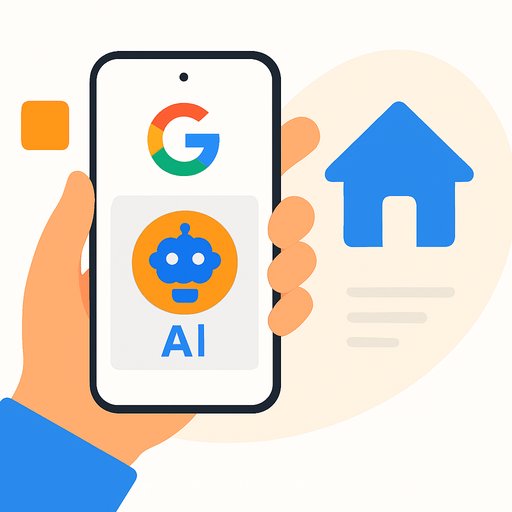SolarWinds launches an AI Agent for autonomous IT operations: what managers, ops, and product leaders should do next
SolarWinds announced a new AI Agent and expanded AI features aimed at autonomous operational resilience in IT management. In plain terms: more predictive insights, faster incident response, and automated remediation where it's safe to do so.
If you lead operations or product, this isn't just another feature drop. It's a signal that AIOps is moving from dashboards to action.
What likely shipped
- Predictive alerts that surface anomalies before they impact users.
- Automated or one-click remediation playbooks for common issues.
- Context enrichment in tickets and runbooks to reduce triage time.
- AI assistants to speed up queries across logs, metrics, and traces.
Why this matters
- Lower MTTR: Faster detection and fewer handoffs.
- Cost control: Less alert fatigue and fewer late-night escalations.
- Consistency: Playbooks execute fixes the same way every time.
- Resilience: Systems recover faster and with fewer surprises.
Where it fits in your stack
- If you already use SolarWinds for monitoring or service management, the AI Agent can sit on top of your existing data and automation.
- If you're multi-tool, treat the AI Agent as the orchestrator that reads from observability data and triggers actions in ticketing, chat, and CI/CD tools.
Use cases you can pilot in 30 days
- Auto-ticket enrichment: Attach runbook hints, recent deploys, and top metrics to incidents.
- Self-healing for noisy but known issues: Restart services, clear cache, scale pods within guardrails.
- Change risk alerts: Flag risky releases based on error spikes and latency shifts.
- Cost and capacity drift: Surface outliers in cloud spend or CPU/memory saturation before they trigger pages.
Implementation checklist
- Data readiness: Ensure clean metric, log, and event streams; reduce duplicate alerts.
- Clear SLOs: Define what "good" looks like for key services. Without this, AI aims at the wrong target. For reference, see Google's guidance on SLOs here.
- Automation guardrails: Start in "recommend" mode, require approvals for high-risk actions, and whitelist safe playbooks.
- Auditability: Log who/what/when for every AI-triggered action. Make rollback easy.
- Change management: Brief on-call, SRE, and product owners on what will be automated and how to pause it.
Risks to manage
- False positives: Tune aggressively in the first two weeks; pair AI alerts with service context.
- Automation blast radius: Scope automations to stateless services first; gate database and network changes.
- Data privacy: Validate what telemetry the AI Agent accesses and where it's processed.
KPIs to track in the first 90 days
- MTTD and MTTR reductions per service.
- Alert volume and noise ratio (alerts that lead to action).
- Change failure rate and time to recover after deploys.
- Tickets per 100 hosts/services and percent auto-remediated.
- Error budget burn rate stability.
Build vs. buy
- Buy if you want faster outcomes, have SolarWinds in place, or lack AIOps engineering depth.
- Build if you have strong platform teams, a unified telemetry layer, and unique workflows that off-the-shelf tools can't cover.
- Hybrid works: Use the vendor agent for detection and your pipelines for custom actions.
Budget talk track for leadership
- Direct savings: Fewer P1 hours, reduced on-call load, less downtime.
- Indirect gains: Faster releases, higher product stability, better NPS due to fewer visible incidents.
- Timeline: Aim for a 6-12 week pilot with 2-3 services and publish a before/after incident report.
Getting started this week
- Pick one service with clear SLOs and a history of noisy alerts.
- Map top 5 incidents and write safe automation steps for each.
- Enable the AI Agent in "observe and recommend" mode.
- Run shadow evaluations for two weeks; compare AI suggestions to human actions.
- Enable auto-remediation for low-risk fixes; review weekly.
If you want the vendor view on AIOps capabilities, review the SolarWinds observability pages here.
Building team skills for AI-driven operations? Explore concise programs for managers and ops leads at Complete AI Training.
Your membership also unlocks:

